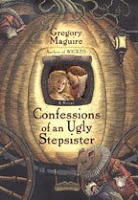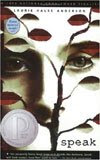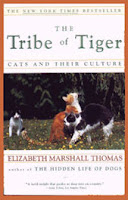by Masha Hamilton
 This poignant, insightful story is set in a small, ancient village near Jordan called Ein Fadr. Young Jammana goes there for one last visit to her mother\’s birthplace, before leaving to America. In Ein Fadr, people live the same way they have for centuries. Jammana is troubled by the conflict between the traditional Arabic lifestyle in Ein Fadr and the modern world she is headed for in America. She has an unsettling gift of experiencing other people\’s memories in her dreams. She wants to find answers about the past from a midwife in the village who delivered her mother. In her quest for truth, Jammana begins to uncover buried secrets and dig up painful memories between villagers. Woven throughout this story of ancient culture, women\’s power and one girl\’s coming of age in troubled times, is an unsanctioned love affair. The ending is tragic, but in ways you might not expect. Although the storyline can get confusing (having numerous characters who lack proper introduction, for one thing) Staircase of a Thousand Steps is full of powerful language, vivid imagery and raw, touching moments. It definitely caught my attention.
This poignant, insightful story is set in a small, ancient village near Jordan called Ein Fadr. Young Jammana goes there for one last visit to her mother\’s birthplace, before leaving to America. In Ein Fadr, people live the same way they have for centuries. Jammana is troubled by the conflict between the traditional Arabic lifestyle in Ein Fadr and the modern world she is headed for in America. She has an unsettling gift of experiencing other people\’s memories in her dreams. She wants to find answers about the past from a midwife in the village who delivered her mother. In her quest for truth, Jammana begins to uncover buried secrets and dig up painful memories between villagers. Woven throughout this story of ancient culture, women\’s power and one girl\’s coming of age in troubled times, is an unsanctioned love affair. The ending is tragic, but in ways you might not expect. Although the storyline can get confusing (having numerous characters who lack proper introduction, for one thing) Staircase of a Thousand Steps is full of powerful language, vivid imagery and raw, touching moments. It definitely caught my attention.
Rating: 3/5 228 pages, 2002









